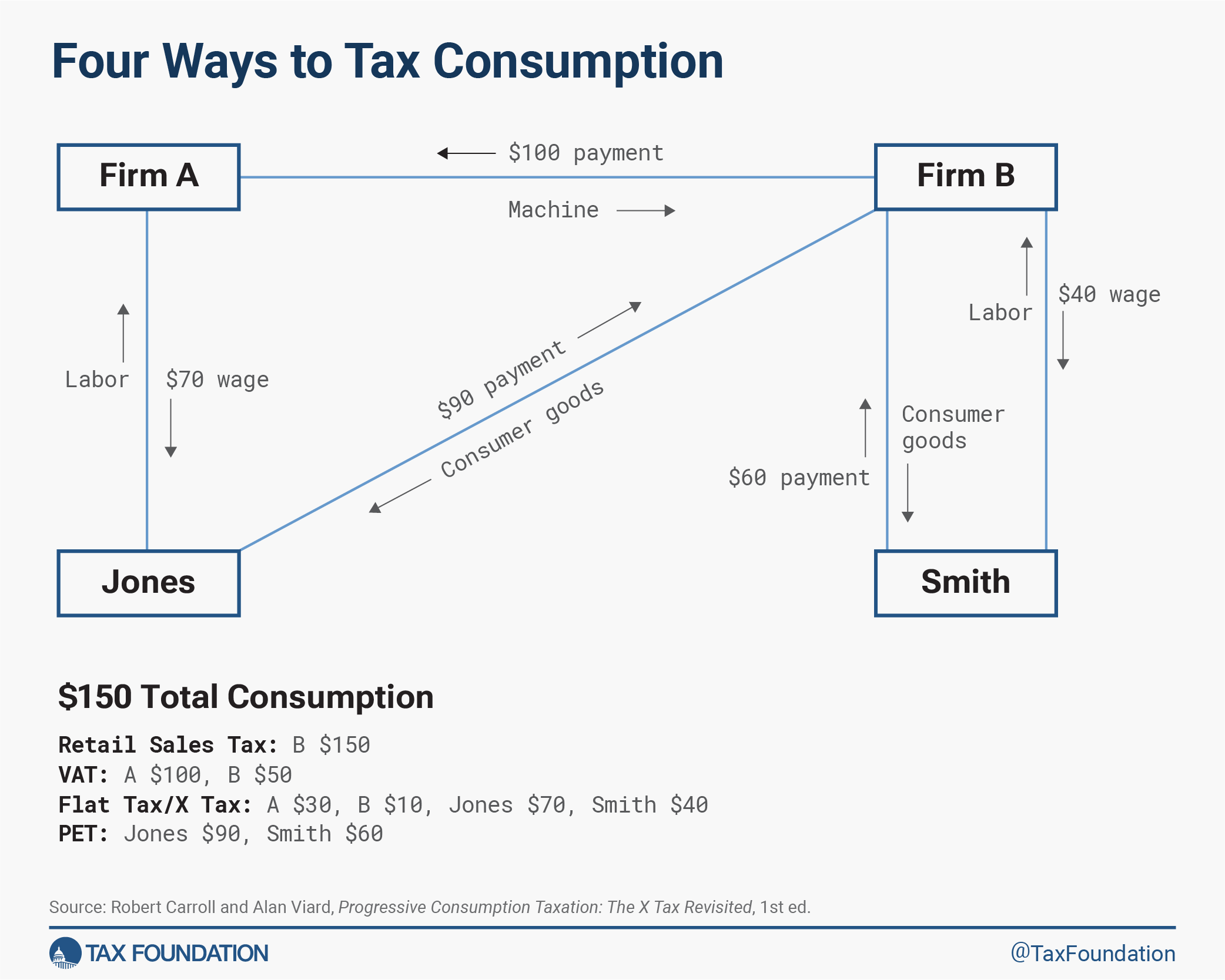New Jersey Property Tax Cut May Not Work As Intended
A major property tax cut proposal for seniors has New Jersey’s legislative leaders at odds with the governor as the state tries to wrap up its budget. Helping seniors pay property taxes is a popular policy, but proponents should better explain the motivation for the bill or consider targeted changes to the tax cut.
The StayNJ Act would cut property tax bills in half for homeowners ages 65 and older, ostensibly helping seniors remain in their Garden State homes. Senate President Nicholas Scutari (D) introduced the bill but Gov. Phil Murphy (D) is concerned with its cost.
New Jersey Senate Democrats have promoted the bill as providing “financial security,” solving an “affordability crisis,” and helping seniors on fixed income. But the current legislation falls short on these goals.
Poorly targeted or poorly explained
The StayNJ Act does not provide any assistance to the quarter of New Jersey seniors who rent instead of owning their homes. On average, it is these seniors who are on fixed incomes and struggling with financial security.
There are ways to design a property tax cut to help both homeowners and renters. A circuit breaker is a tax credit calculated based on the filer’s income and property tax payment. For renters, the latter is calculated as a share of their rent payments. (The District of Columbia’s Schedule H credit provides a good example.) Twenty-nine states use circuit breakers, including 11 that offer the credit to renters, but New Jersey does not.
The StayNJ Act also does not have an income eligibility limit. That means residents earning hundreds of thousands in income (retirement, investments, or even wages) would be eligible for the same benefit as those living only on Social Security.
New Jersey could address this by simply adding an income eligibility limit. For example, the state’s child tax credit is only available to families earning less than $80,000. Legislators could also provide the 50 percent reduction to the state’s lowest earning seniors and then provide smaller percentage cuts that phase down as a filer’s income rises. (Again, the state’s child tax credit does something similar.)
If the goal is assisting low-income seniors who want to stay in their homes, there are myriad options available to policymakers—a circuit breaker or more targeted credit are just two. But what if that isn’t the goal?
If the goal of the StayNJ Act is keeping high-income households in New Jersey, then it could possibly work. Those high earners would get the largest benefits from the tax cut as they typically live in more expensive homes with larger property tax bills.
But if that’s the case, then proponents need to show their work. Is there a mass exodus of seniors leaving New Jersey for the Sun Belt? Are property taxes really the reason for the move? (For what it’s worth, Texans are also mad about property taxes.)
Policymakers in states throughout the Northeast are rightfully concerned with population declines, and taxes are often held up as a culprit. However, the relationship between taxes and migration is complicated to say the least.
It’s okay to focus on high-income seniors, but policymakers need to work through these questions before spending on a solution.
Measure twice, cut once
The annual cost of the New Jersey tax credit will grow from $300 million in fiscal year 2024 to $1.2 billion in 2028.
Given their current surplus, New Jersey can probably afford the tax cut during the next fiscal year, but there are numerous worrying signs on the horizon for the state’s budget. And a popular tax cut for seniors is not something that is easily taken away. That means the state might have to turn to spending cuts or more regressive tax increases during the next budget crunch.
New Jersey policymakers have plenty of options for providing property tax relief to seniors. The job is ensuring the chosen policy achieves the stated policy goals within reasonable fiscal restraints.






